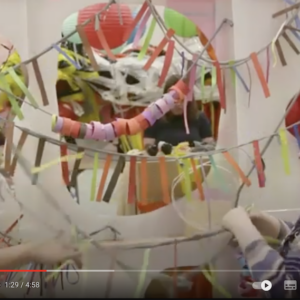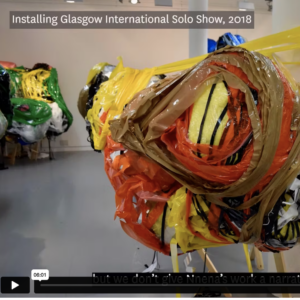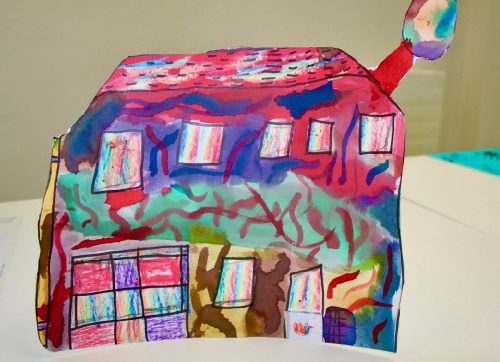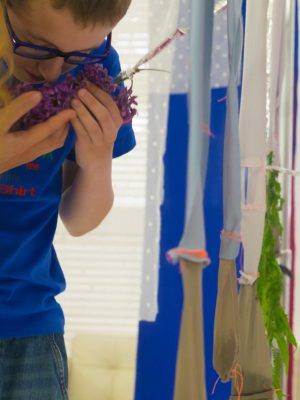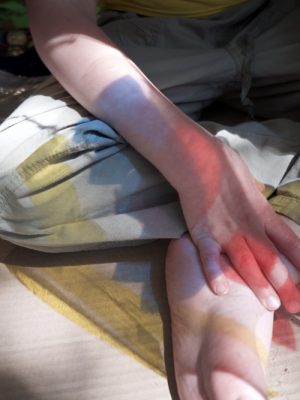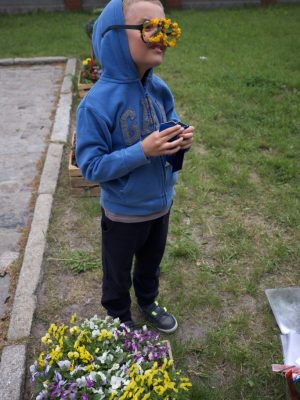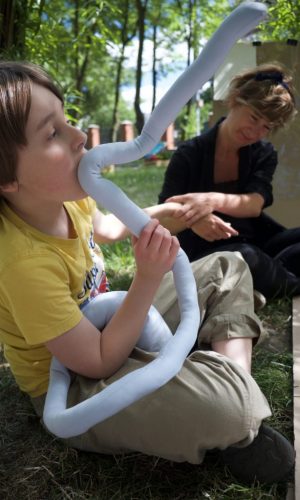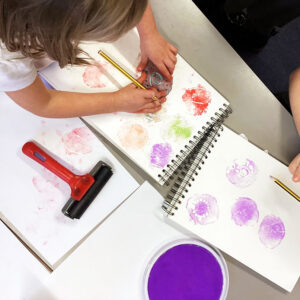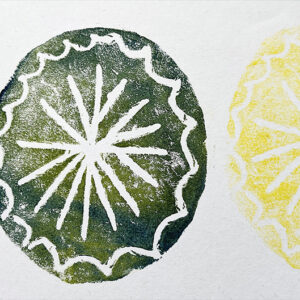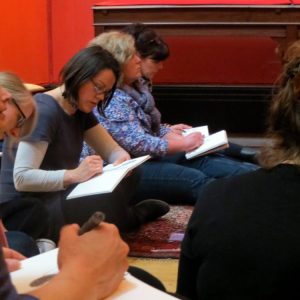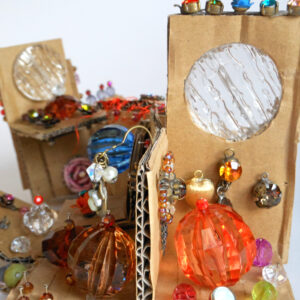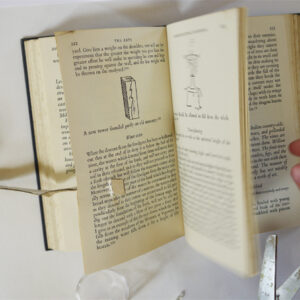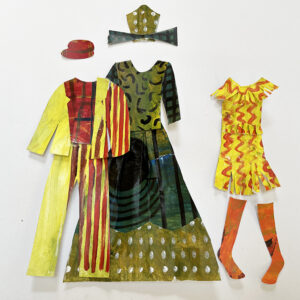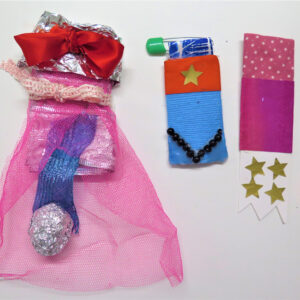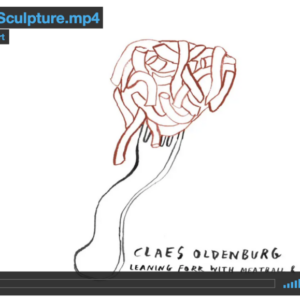A Grand Finale for the AccessArt Village
A Collaboration with Emmaus, Cambridge, ‘Working together to end homelessness.’
The end of 2018 also says goodbye to The AccessArt Village and this special project which started with a gift to AccessArt, from Appleton’s Wool, of a huge box of wool, which arrived on AccessArt’s doorstep in February 2016.
The AccessArt Village completed its year long AccessArt Village Tour of the UK and was seen, for one day, as a pop-up exhibition, ‘Cambridge Welcomes the AccessArt Village,’ in the Ruskin Gallery in November 2018, where these very special homes, handmade by children in schools and hospitals, artists, young people and community groups, were exhibited and sold, in collaboration with Emmaus, Homeless Charity, Cambridge.
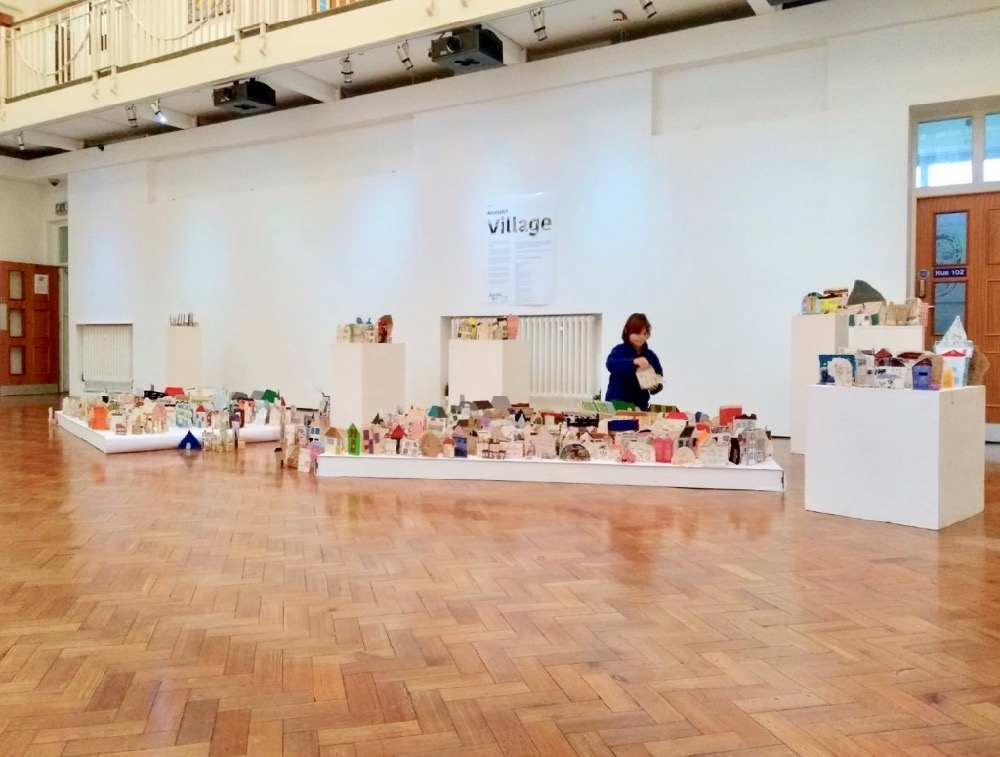
This was wonderful afternoon celebrating the AccessArt Village alongside members of the Emmaus, Cambridge as well as participating artists and teachers from as far as London and families from our local, Cambridge community.
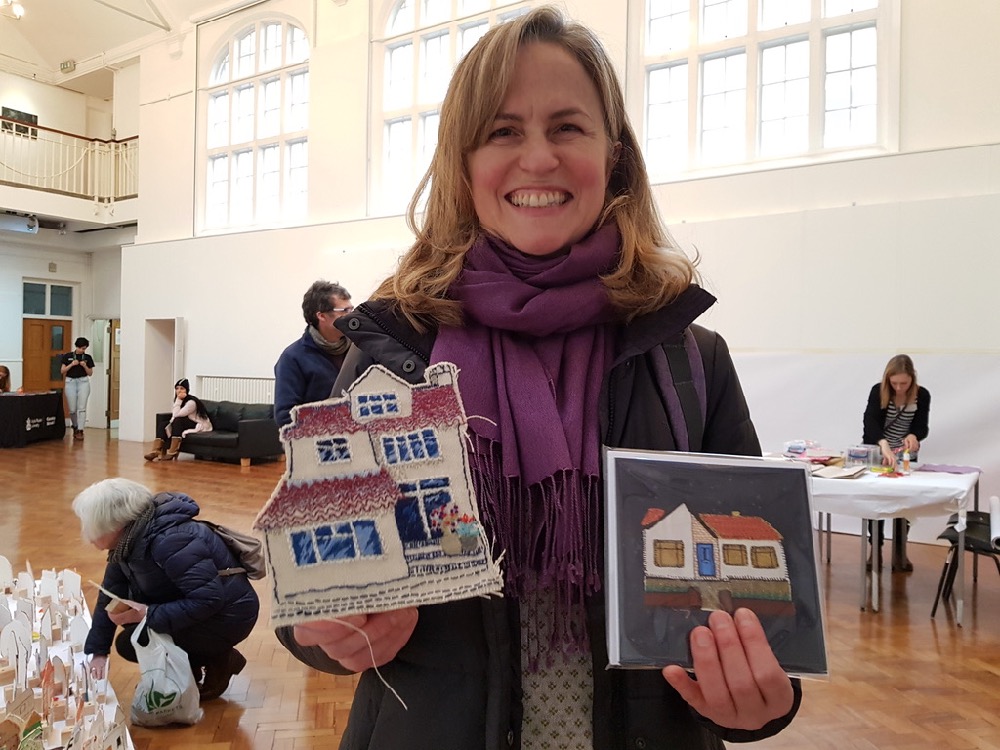
We were joined by poet Séamus Fox, who read from his book No Homeless Problem And Other Poems and ‘Home,’ which he wrote especially for The AccessArt Village:
‘Home’
by Séamus Fox
What is it? What is home? They say charity begins at home, home is where the heart is, the best journey takes you home, home is where one starts from, there’s no place like home! The people who wrote these loving quotes didn’t think that some people don’t have a home and have never had a home.
Home is not just the physical manifestation of bricks and wood, home is in your mind.
Home is Family. Home is being emotionally settled. Home is Love.
People tend to see everything as being benchmarked in the likeness of their own lives but not everyone has a family, not everyone has known loving parents, not everyone has had stability, everyone has not had a home. For many people the things that you have known and taken for granted your whole life are luxuries that they only know about because others have spoken of it. Some people grew up among others and in houses but still have never known a home because they weren’t loved, trusted or respected enough to feel the required amount of harmony that it takes to be emotionally stable.
There’s no place like home they say but what if you have no home?
Hypothermia begins at home. Home is where someone else’s heart is.
No journey takes me home. Home is where one doesn’t start.
There’s no place like a derelict building.
Some people don’t have a home. If we were truly as civilised as we like to let on we would do everything to ensure that all the broken women and men had a roof and food and someone to talk to and be sure that every child was loved, trusted and respected enough so they could grow into emotionally settled beings who would feel at home in their own selves.
We live in world of disparity and inequality in which some children are treated differently simply because they were born to the wrong parents in the wrong postcode.
How can we have a fair and even society if some people are denied the right to a home? And how can you expect people who are denied the right to a home to actually act normally?
I apologise for appearing negative but I simply cannot ignore injustice and maybe instead of chastising me for noticing people should ask why that which I have noticed exists to begin with.
There’s no place like home so if you have a home smile and be grateful for it. We all must ask ourselves what can I do in the society, community, country that I live. What can I do to at least try to ensure that everyone feels at home?
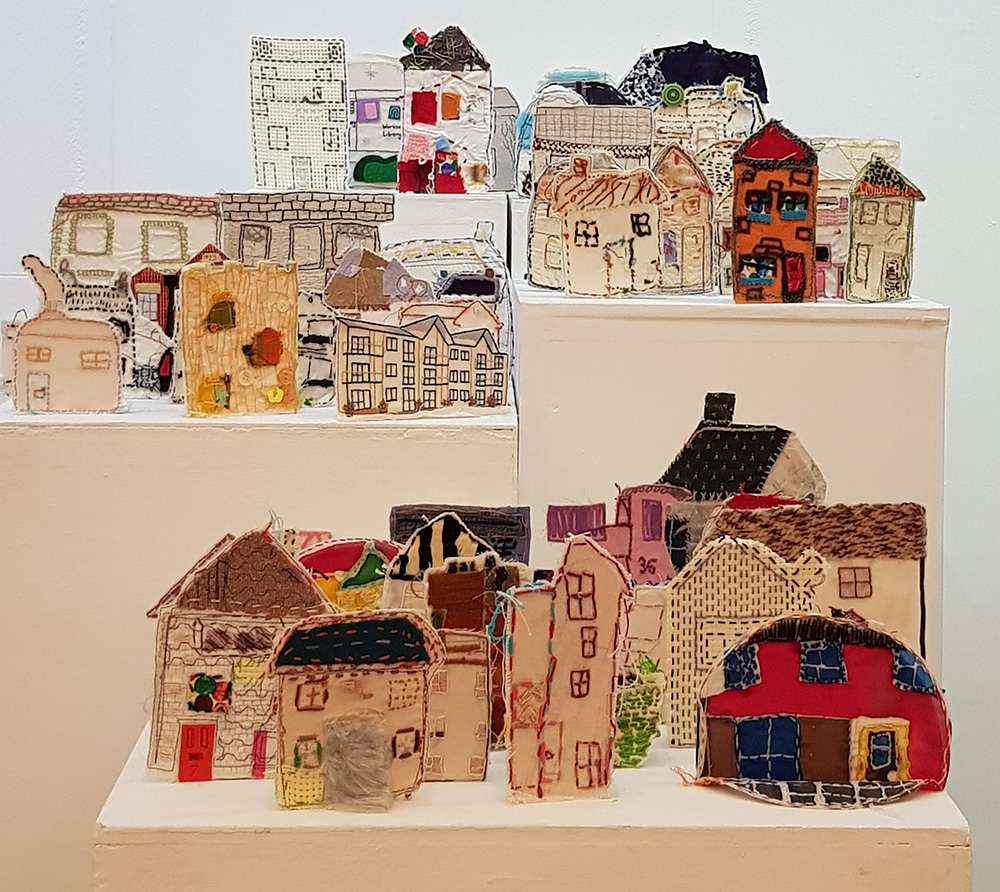
Members of the public enjoyed exploring the exhibition and taking immense time and care to choose their house to purchase to raise funds and awareness for both charities.
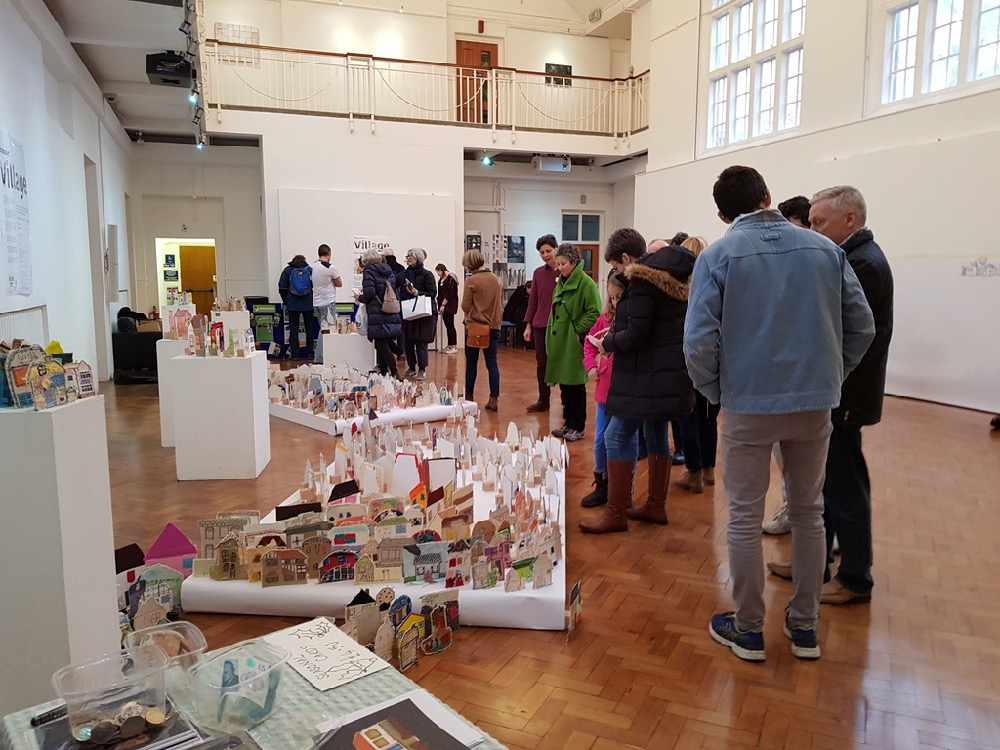
Alongside the AccessArt Village and Séamus’s readings, we ran a family workshop so that local children could take part in creating their own village for the day, mirroring the AccessArt Village opposite it.
Many thanks to Rachel Thompson and teenagers from AccessArt’s Experimental Drawing Class for volunteering on a Saturday afternoon to run the workshop and help with the day’s proceedings.
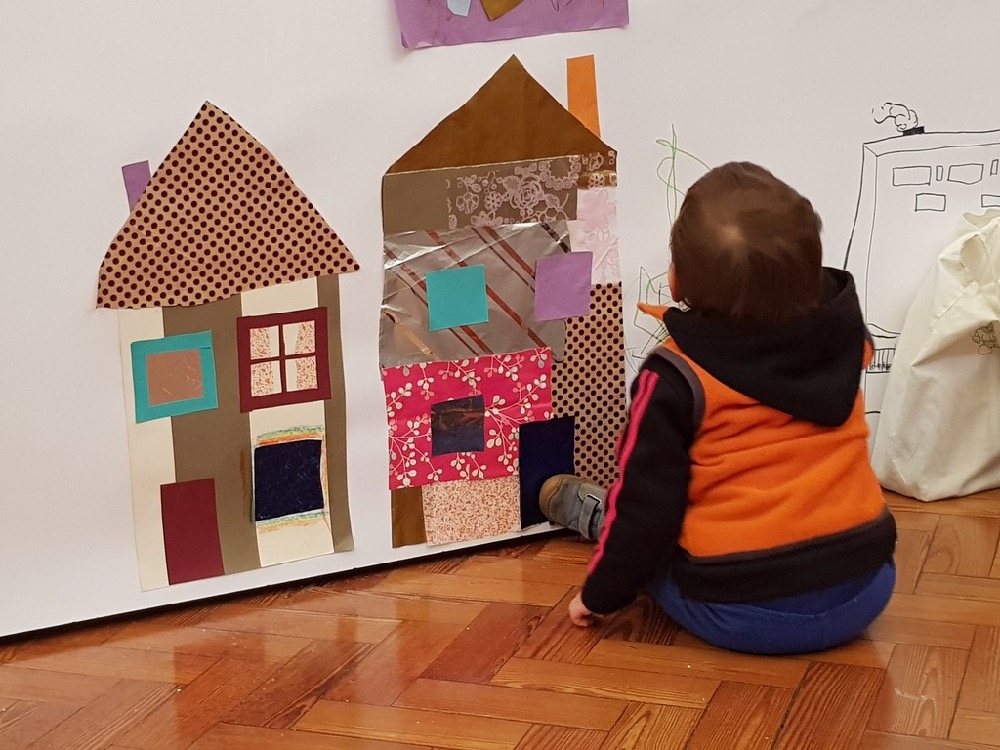
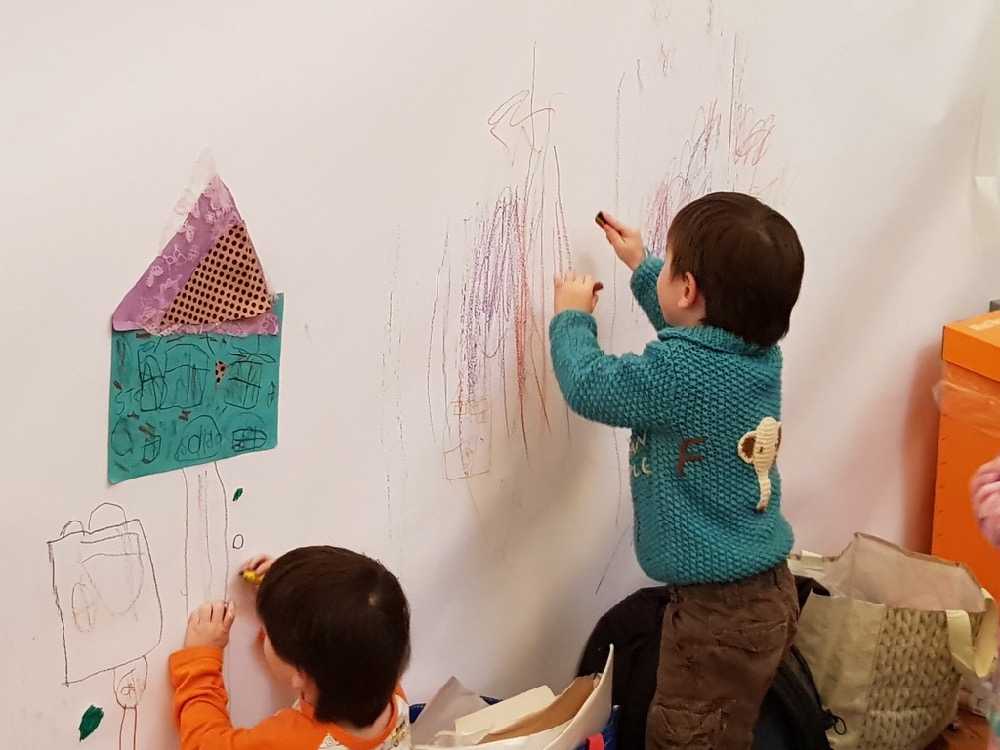
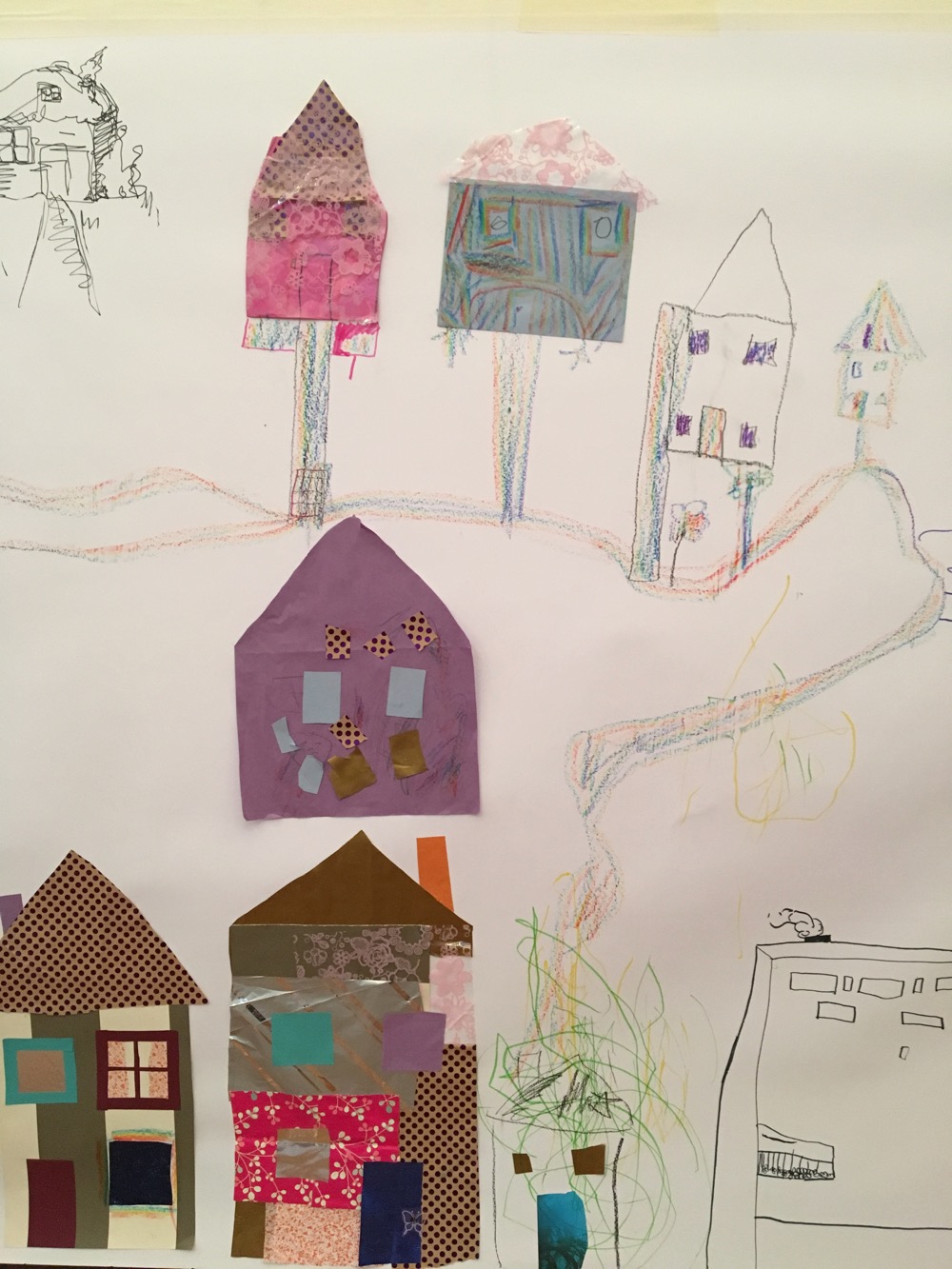
The AccessArt Village Project has been extraordinary in its giving from the generosity of Appleton’s Wool who kick started the project with its donation of wool, to the time taken by all the individuals who invested their creativity and inspiration into the sewing of their homes. There would be no AccessArt Village without the work of all those individuals and we’d like to give you a heart-felt thank you for participating in the project and being a part of the AccessArt community.
It was a great pleasure to meet some of the original teachers and workshop leaders who had facilitated the creation of the AccessArt Village in their classrooms and workshops. In particular a special thank you to Natti Russell from Art4Space, Morgain Murray Williams from Chesterton Community College and Sarah Williams from St John’s College School for visiting the exhibition.
“Warm and wonderful”
“I love these houses! So wonderful to be here with the awesome artwork houses. And Emmaus is one of my favourite charities. Very well done. Thank you! xxx”
“What a beautiful collection!!! Loved it! Thank you!”
“What a great idea – beautiful! – Thank you”
“A fabulous event!”
“Great charity with wonderful staff. Keep up the good work!”
“So touching! A wonderful reminder of the importance of ‘home’.”
Many thanks to our trustee Chris Owen, for enabling us to use the very special gallery space of the Ruskin Gallery at Anglia Ruskin University, which provided the backdrop for such a special afternoon.
It is with great pleasure that, on behalf of all participants of the AccessArt Village project, we can write a cheque to Emmaus, Cambridge for £650 towards their amazing work.
Further donations to Emmaus, Cambridge can be made via this link to Emmaus Donate ‘working together to end homelessness.’
Remaining houses were gifted to Emmaus, Cambridge, St Alban’s Catholic School, Cambridge, Cambridge ArtWorks, Home Meadow Care Home, Comberton, to give further joy this winter.
The AccessArt Village was created, curated, implemented and sustained by #TeamAccessArt over the course of nearly three years on a voluntary basis.
A special thanks to Andrea Butler for whom the AccessArt Village holds a special place and without her dedication and hard work, would not have come into realisation.
We are all sad to say goodbye – but ready for the next online participatory project in the new year 2019!
